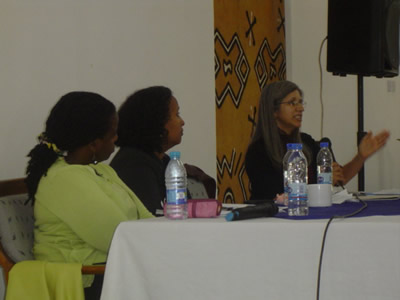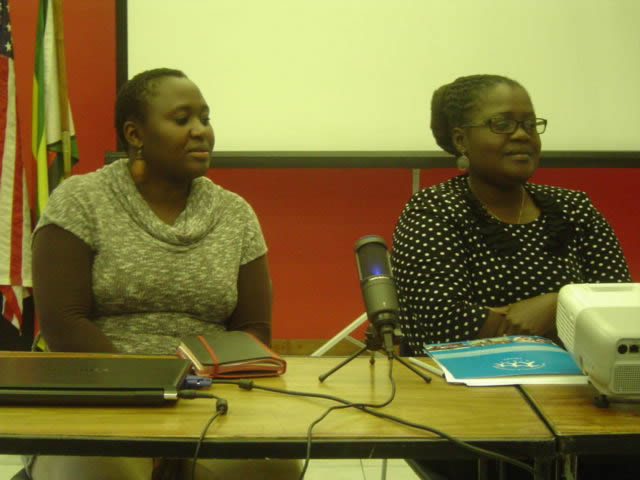Girls at school in Zimbabwe protest no water
Friday, June 8th, 2012 by Elizabeth NyamudaI was really moved by the boldness of an girl pupils who protested against their school authorities right in front of their nearest Ministry of Education offices in Zimbabwe. The pupils who are all boarders at Mukaro High School in Gutu, walked for 20km, taking four hours to reach to the district’s Ministry of Education offices. They sneaked out from the dormitories as early as 2am and reached the offices at 6am. Their aim was to protest water shortages and poor food at the school. A big round of applause ladies! The girls at school are said to number 700 and one can only imagine the health implications of having water shortages with so many children.
With the Ministry of Education now aware and doing an investigation into the plight of these pupils and the school authorities knowing well that they are now under scrutiny from the different stakeholders involved, like the parents, the education ministry, health officials and other concerned parties, these pupils are guaranteed of some change and provision of a basic necessity – water. Not only will this benefit them until they complete their studies but it will also benefit future generations of pupils to come to that school. They have not only protested their rights at this particular school Mukaro High, but they have been a voice for other pupils around the country who due to varying circumstances are not able to take up such high levels of boldness. Also this a big warning to school authorities that misuse school funds meant for the welfare of school children. They should change their ways before such protests occur at their schools.
It is such small acts of resistance and protest that bring about change in the bigger picture. It is high time we emulate these pupils and make those accountable for discrepancies in the provision of our society’s daily life needs.











